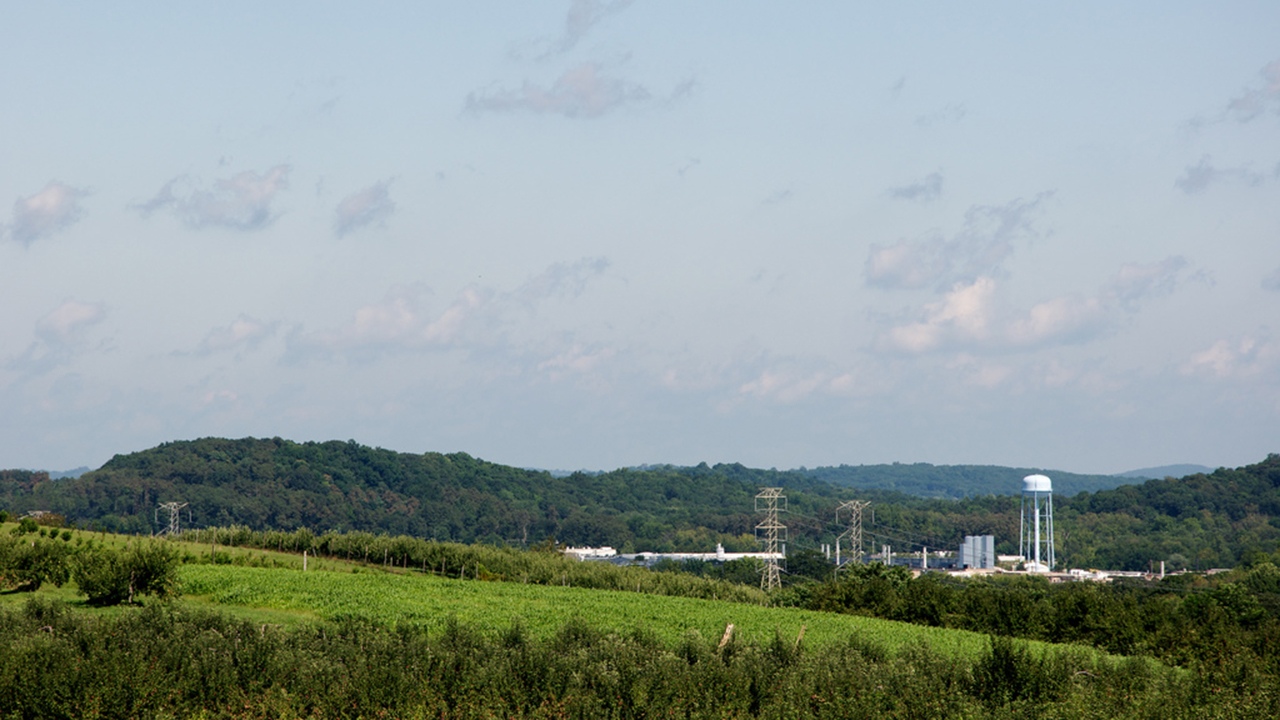Residents in New York’s Hudson Valley are at odds with the state government over the possibility of widening the existing power corridor that already rips through the bucolic landscape. New York’s Public Service Commission two years ago “worried about bottlenecks in the delivery of electricity from upstate generators to New York City and other downstate communities,” reports The New York Times, asking power companies to propose plans for bulking up the system to “carry an additional 1,000 megawatts of power.”
Those proposals, which would change the landscape dramatically, are now in:
While the request was just a solicitation for rough ideas and not for actual bids, three power companies, including National Grid, submitted proposals that would cost up to $1.3 billion. The proposals would widen the 153 miles of the main Hudson Valley corridors that already have transmission towers and power lines from Marcy, N.Y., near Utica, to Pleasant Valley in Dutchess County by as much as 160 feet.
Seven counties and 25 towns in the Hudson Valley would be affected. (A fourth proposal, with a different route, was regarded as providing too little power.) The three companies proposed to build new towers as tall as 185 feet, about double the heights of most of the existing towers and higher than the tree line.
Residents are worried that, in addition to interfering with the sweeping scenic vistas, the lines might affect the local economy and decrease the value of property. There’s currently a petition to re-assess the need for the lines and to search for a way to adapt the proposals to fit within the parameters of the existing structures:
Opponents have formed the Hudson Valley Smart Energy Coalition, gathered a petition of 5,000 signatures, and put forward a scientist who questioned the methods used in assessing the need for new lines. They hoped that the Public Service Commission would revise its guidelines by its next meeting on Dec. 11 and asked the companies to keep the new towers within the existing corridor and at current heights. Gov. Andrew M. Cuomo, in his State of the State address in January, said that upgrades to the system would remain within the existing corridor — “no higher, no wider, no longer.”
In the meantime, residents hang in limbo.
(Photo: Derrick Noh)


